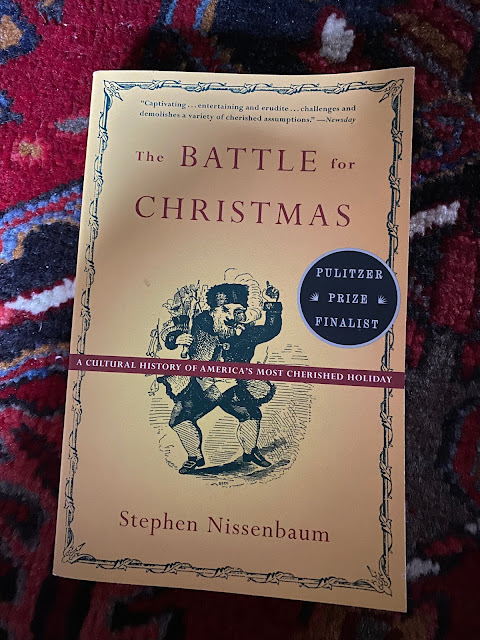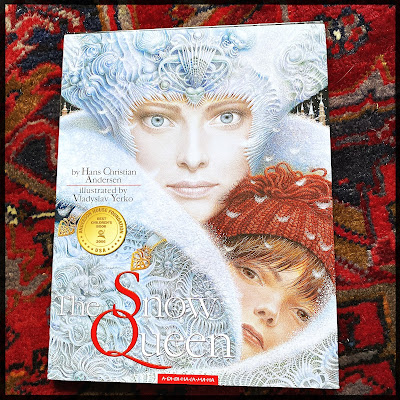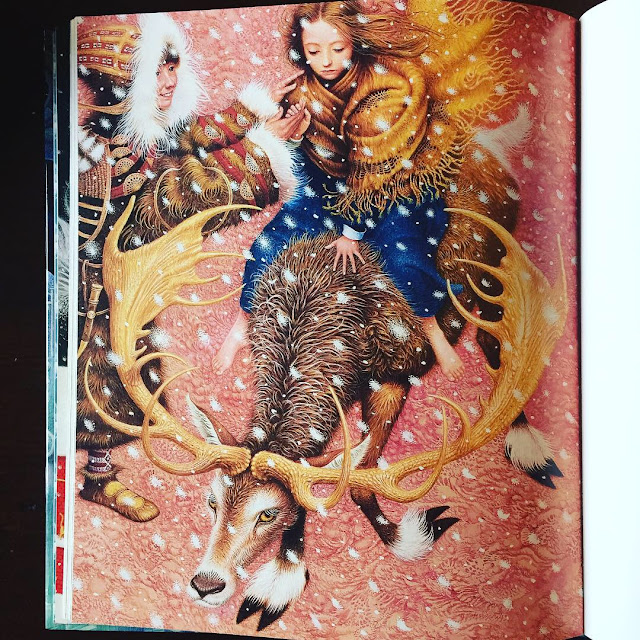Last Wednesday I offered you some words of wisdom from Writing the Short-Story by J. Berg Esenwein. Published in 1908, it was one of the first creative writing manuals. Here are some more of his tips, useful or otherwise.
* "As a character the detective cannot be much more than a dummy. That is, his individuality cannot be brought out in a single short-story, except by a few bold strokes of delineation; but when he figures in a series of stories, as does Sherlock Holmes, the reader at length comes to know him quite well."
* "The novel is expansive, the short-story intensive."
* Sir Walter Scott said that "in nature herself no two scenes were exactly alike, and that whoever copied truly what was before his eyes, would possess the same variety in his descriptions, and exhibit apparently an imagination as boundless as the range of nature in the scenes he recorded; whereas -- whoever trusted to imagination, would soon find his own mind circumscribed, and contracted to a few favorite images."
* "Wise is that writer who patiently awaits the hour of full-coming before attempting to write."
* Esenwein says there are three main streams of fiction. He does not do a great job of explaining them or giving adequate examples but here you go: Realism (which "paints men as they are" and in which he suggests the author should not express a point of view), Romanticism (such as Kipling's "The Man Who Would Be King,"), and Idealism (which expresses the world as the author wishes it was, such as "A Christmas Carol.")
*"Must I typewrite my story? You need not, but you ought to.."
* There are many ways to tell a story. "Another variation is that in which a minor character tells of the deeds of his enemy, who is nevertheless the central figure in the story."
* "A hackneyed device is to tell the story in the first person after having introduced the speaker by a second person, who really thus reports the story 'as it is told to me.' You may be sure of two things in this connection: a story begun in this style must possess unusual merit to offset the triteness of its introduction; and, it is a hard task to convince the reader that you could not have plunged into the story in the first person direct, relying upon the opening sentences to set the scene. Still, if you can do it exquisitely, go ahead. No rule in art is so good but that it may well be broken by a master stroke." I point out that Henry James' "The Turn of the Screw" was written a decade earlier.
* "All things must be looked at with an eye to their possible literary use."
* "Many an unwary author has slipped on the simple matter of forgetting that it takes time to travel here, there, and back again; that people normally get older with the lapse of years; and that events must be consistent with the procession of the seasons."
* "Wit deals with externals, humor seeks out the heart; wit consorts with contempt, scorn and hate; humor abides with friendship, benevolence and love; wit holds folly up to darting ridicule, humor looks with gentle sympathy upon weakness."
* "In the mystery story the author should begin early to set his wires so that with a single pull the whole house of bafflement may come tumbling down before our eyes, at a glance disclosing the secret. In the short-story the mystery must be less complex than the novel, hence the uncovering of the secret will require less time. But if I knew how to hold a breathless mystery up to the last moment and then disclose it all in a trice, I could not -- and perhaps would not if I could -- impart it to others. This is the very incommunicable heart of the plotter's craft."
 |
| Some Previous Owners |
* "The use of quotation marks does not convert a passage into dialogue." - Arlo Bates
* Could a story have two reasonable but different endings? Robert Louis Stevenson: "The whole tale is implied; I never use an effect when I can help ir, unless it prepare the effects that are to follow; that's what a story consists in. To make another end; that is to make the beginning all wrong... The body and end of a short-story is bone of the bone and blood of the bone of the beginning."
* Character's "speech must show not so much what they say as what they are."
Near the end Esenwein lists "One hundred representative stories." I had read eight of them (e.g. Bret Harte "The Outcasts of Poker Flat"), heard of 39 other authors, (e.g. Rudyard Kipling "The Man Who Was") and was completely unfamiliar with the rest. Such is fame, or my ignorance.
Thanks again to Mary Lou Condike for giving me much to think about.




































